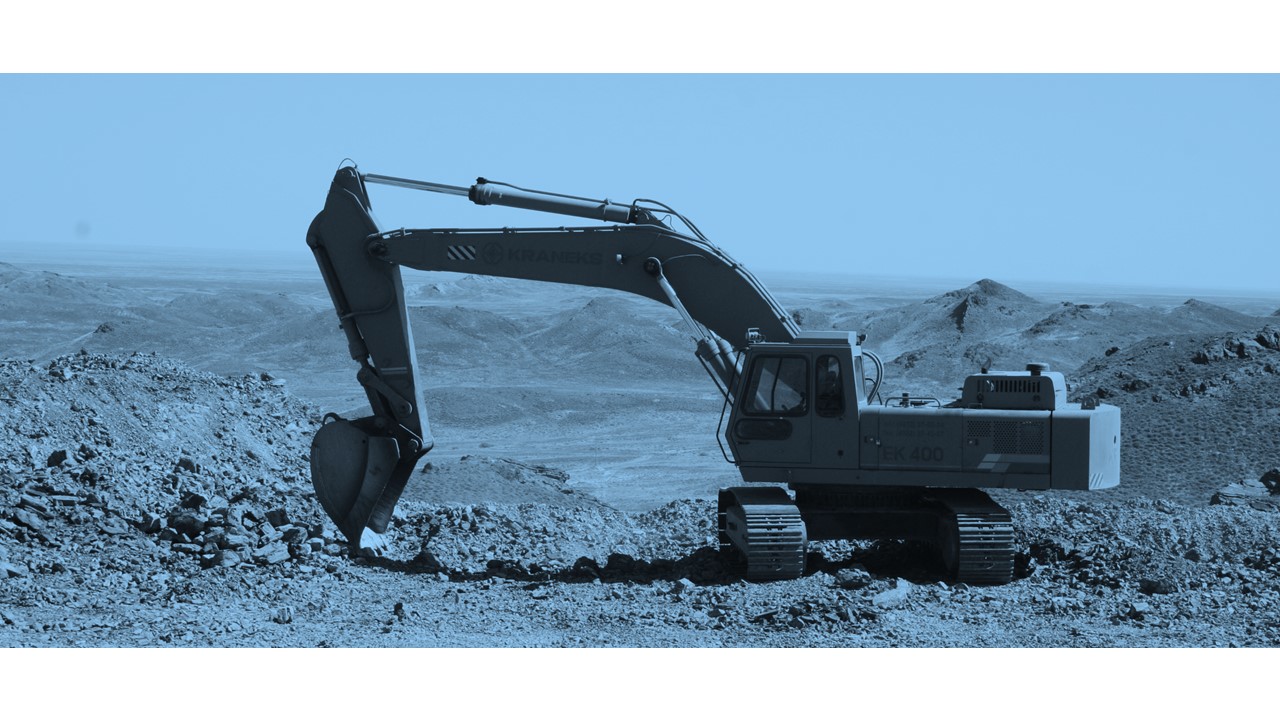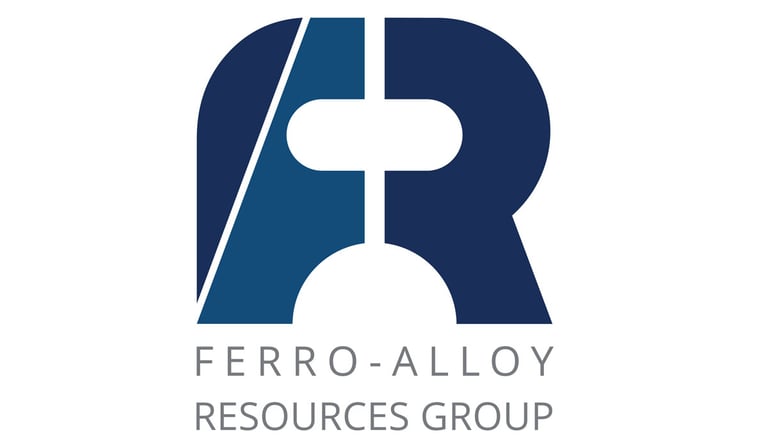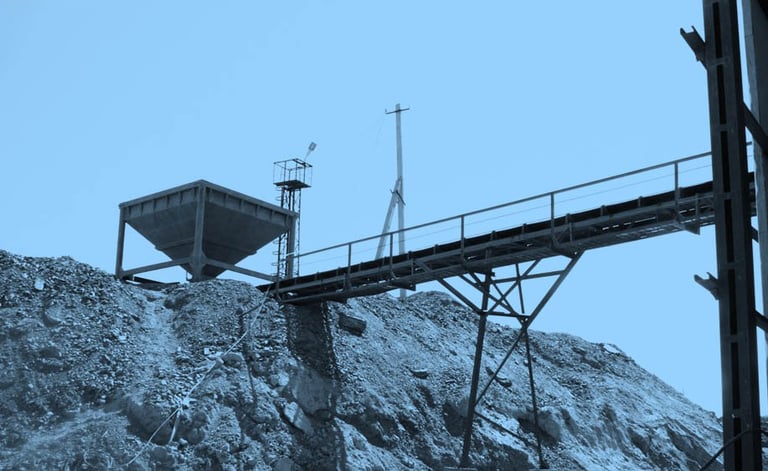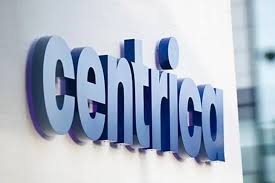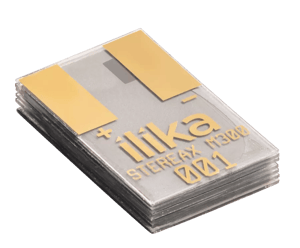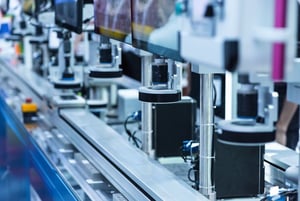Ferro-Alloy Resources Limited (LON:FAR), the vanadium producer and developer of the large Balasausqandiq vanadium deposit in Southern Kazakhstan, has announced its unaudited interim results for the six months ended 30 June 2025 and a revised publication date for the feasibility study.
Overview
The Company’s main focus during the year to date has been the completion of the feasibility study (the “Study”) into the development of the Balasausqandiq vanadium deposit (the “Project”). The Study was targeted to be published by 30 September 2025 and is substantially complete but requires some final adjustments and confirmations from contributing consultants. The Company is confident that it will be published by the middle of October 2025.
Research and development
As previously announced, the main purpose of the existing process plant was changed to a research and development facility, with concentrates only being treated when profitable to do so. The research and development has been targeted at areas that will assist in the development of the Project and marketing its products.
· Carbon black substitute (“CBS”): the Group commissioned a pilot plant, capable of producing 400 kg per hour of the new CBS product announced earlier in the year. Production of commercial samples of this new type of CBS, to be made from the high carbon / low vanadium waste rock scheduled to be stripped during the mining of Ore-Body 1, has commenced. This pilot plant uses a dry milling process and has operated without problems, allowing the Group to test this method of milling for use in the Project, where it will be applicable to milling the original CBS, made from concentrated tailings, as well as the new form of CBS.
· Vanadium oxides: the Group has commissioned the dissociation oven required for the production of vanadium oxides suitable for the production of battery electrolyte for vanadium redox flow batteries. Process optimisation and product testing are underway. Although the making of such oxides does not form part of the base case of the Study, it is anticipated that this part of the vanadium market will grow dramatically in the coming years. Understanding this technology and proving its feasibility will allow the Group to make the minor adjustments necessary to supply this market at a later date when the market has developed.
· High purity vanadium pentoxide: the Group has commissioned the recrystallisation circuit and centrifuge drying required for the production of high purity vanadium pentoxide or other vanadium oxides. High purity products are required for the manufacture of battery electrolyte and other chemical purposes and commands a price premium over standard vanadium pentoxide.
Processing
· Despite the focus of the existing plant being on research and development, the Group procured and treated vanadium-bearing concentrates that were considered sufficiently profitable to process.
· As a result, the existing plant produced 151 tonnes of vanadium pentoxide (mainly as ammonium metavanadate) in the first six months of the year (H1 2024: 169.2 tonnes) and 27.8 tonnes of molybdenum (in ferro-molybdenum) (H1 2024: 14 tonnes).
Financial
· Total revenues of US$2.5 million for the period (H1 2024: US$2.1 million) reflected the processing of concentrates with a higher molybdenum content than in the prior year, benefiting from the currently high molybdenum prices.
· Overall loss for the period was US$3.5 million (H1 2024: loss of US$3.99 million).
· Cash balance of US$0.4 million at the period end and US$0.5 million as at 23 September 2025.
· The Group has appointed Northcott Capital Limited Northcott, in partnership with Oval Advisory Limited, as lead financial adviser with respect to the financing of the Project.
Corporate
· During the period, the Company issued 10,422,098 ordinary shares of nil par value in the capital of the Company in lieu of cash for the payment of non-executive director fees, payment of certain Group suppliers and fulfilment of a share subscription received from its Astana International Exchange market maker.
Nick Bridgen, CEO of Ferro-Alloy Resources said:
“The results of the research and development projects at the existing plant have been impressive. The Company is positioned to benefit both from the anticipated growth in vanadium demand for energy storage and we now have a superior milling process to develop the fast-moving advent of our carbon black substitute product.
We are eagerly awaiting the imminent publication of the feasibility study to demonstrate the preeminent financial and operating characteristics of the Balasausqandiq project.”
Interim Management Report
Introduction
The Group has been engaged primarily in carrying out a feasibility study into the giant Balasausqandiq vanadium project. The study will be announced shortly after this Interim Financial Report and will be the subject of a separate announcement.
Concurrently, the Group operates a small-scale process plant which treats vanadium-bearing concentrates when it is profitable to do so, but with a strategic focus on research and development.
Research and development
The Group continues to progress several research and development initiatives at the existing plant, aimed at building capability for use in the planned major development of the Balasausqandiq project.
Carbon black substitute (“CBS”): The company commissioned a pilot plant, capable of producing 400 kg per hour of the new CBS product announced earlier in the year. Production of commercial samples of this new type of CBS, to be made from the high carbon / low vanadium waste rock scheduled to be stripped during the mining of Ore-Body 1, has commenced.
Vanadium oxides: the Group has commissioned the dissociation oven required for the production of vanadium oxides suitable for the production of battery electrolyte for vanadium redox flow batteries. Process optimisation and product testing are underway.
High purity vanadium pentoxide: the Group has commissioned the recrystallisation circuit and centrifuge drying required for the production of high purity vanadium pentoxide or other vanadium oxides. High purity products are required for the manufacture of battery electrolyte and other chemical purposes and commands a price premium over standard vanadium pentoxide.
Processing
Despite the focus of the existing plant being on research and development, the Group procured and treated vanadium-bearing concentrates that were considered sufficiently profitable to process.
As a result, the existing plant produced in the first six months of the year 151 tonnes (2023: 169.2 tonnes) of vanadium pentoxide (mainly as ammonium metavanadate) and 27.8 tonnes (2023: 14 tonnes) of molybdenum (in ferro-molybdenum).
Corporate
During the period, the Company issued 10,422,098 ordinary shares of nil par value in the capital of the Company in lieu of cash for the payment of non-executive director fees, payment of certain Group suppliers and fulfillment of a share subscription received from its Astana International Exchange market maker. See note 16 for further details.
Earnings and cash flow
The Group generated total revenues of US$2.5m for the period compared to US$2.1m for the first six months of 2024, representing an increase in overall revenues of 16.7%. The increase in revenue reflects the processing of concentrates with a higher molybdenum content for which prices are more favourable than vanadium pentoxide.
The cost of sales for the period under review was US$3.4m in line, given the volumes and nature of concentrates processed during the period, with the first six months of 2024 (2024: US$3.6m).
Administrative expenses for the period were US$1.5m (2024: US$1.9m) representing an overall decrease of US$0.4m mainly attributable to reductions in employment costs and the costs associated with the Company’s listing and the raising of debt finance.
The Group made a loss before and after tax of US$3.5m (2024: loss of US$3.99m).
Net cash outflows used in operating activities were US$0.5m (2024: cash outflow of US$2.6m). Net cash used in investing activities during the period was US$2.2m (2024: cash outflow of US$1.1m) an increased outflow of US$1.1m attributable to the capitalisation of feasibility study costs. Net cash outflow from financing activities was US$1.1m (2024: net cash inflow of US$4.5m) representing the payment of interest on the bonds previously issued by the Company under the Kazakhstan Bond Programme.
Balance sheet review
At the period end, non-current assets totalled US$13.2m (2024: US$14.1m) reflecting, in the main, the impairment of the Group’s plant and equipment during the prior financial year.
Current assets, excluding cash balances, totalled US$5m at the period end compared to US$5.1m for the prior period.
The Group held an aggregate cash balance of US$0.4m at the period end (2024: US$2.5m) and US$0.5m as at 23 September 2025.
The Group held non-current liabilities of US$17.2m at the period end (2024: US$12.4m) representing the value of the Company’s bonds sold since the inception of the Kazakhstan Bond Programme.
Current liabilities at the period end were US$4.6m (2024: US$3.9m) comprising of trade payables and accrued bond interest.
Environmental, social and governance
Both the existing operation and the planned process plant for Balasausqandiq will have a strongly positive environmental impact. The vanadium from production will benefit energy storage in both vanadium redox flow batteries, the front-running technology for fixed ground long-term energy storage, but also potentially in certain technologies for mobile batteries used in electric vehicles. In its use for alloying steel, the greater strength and performance imparted reduces the amount of steel required.
The CO2 emissions created by our production at Balasausqandiq are expected to be a fraction of most other producers which generally require concentration and high-temperature roasting to liberate the vanadium. The carbon black substitute product which we plan to market as a replacement for carbon black is produced without burning hydrocarbons, as is the usual production process.
Description of principal risks, uncertainties and how they are managed
(a) Current processing operations
Current processing operations make up a small part of the Group’s expected future value and allow the Group to gain valuable experience of the vanadium and carbon black industries. The principal risks of this operation are the prices of its products (vanadium, molybdenum and nickel), availability of profitable vanadium-bearing concentrates and the efficiency of recovery of products from those concentrates.
The Group is constantly reviewing the market opportunities for supplies of profitable vanadium-bearing concentrates from reliable suppliers that can deliver concentrates on a timely basis. The Group aims to extract all the useful components of the raw materials so that ultimately no residues remain on site and so that the maximum value is obtained from each tonne treated.
(b) Balasausqandiq project
The Balasausqandiq project is primarily dependent on long-term vanadium prices.
The project is also dependent on raising finance to meet projected capital costs (see below) and the successful construction and commissioning of the project’s proposed mine processing facilities. It is not unusual for new mining projects to experience unforeseen problems, incur unexpected costs and be exposed to delays during construction, commissioning, and initial production, all of which could have a material adverse effect on the Group’s operations and financial position. The Group has taken steps to mitigate such potential adverse effects by engaging globally recognised engineers and consultants to assist with the development and design of the key elements of the project in addition to the Group’s own highly qualified workforce.
(c) Geopolitical situation
While the ongoing invasion of Ukraine by Russia is not directly impacting the Group, the Directors remain vigilant of the situation. The continued main risk of the conflict is to the Group’s transport routes, many of which involve transit through Russia. Whilst these are currently operating without issue, sanctions have been made against Russian and Belarusian vehicles transiting through Europe (but not against vehicles registered in other jurisdictions in the region such as Kazakhstan). There is a risk that further sanctions might prevent transit through Russia into Latvia, through which the majority of the Group’s exports flow. The Group continues to review alternative transit routes for raw material imports and product exports through the West of Kazakhstan, either via the Caspian Sea or overland south of the Caspian Sea. Routes to China are working normally.
With respect to the global sanctions imposed on certain Russian entities and individuals, the Group monitors the implications of those sanctions on the Group’s trading activities on an ongoing basis.
(d) Financing risk
The Balasausqandiq project will require substantial funds to be raised in debt and equity which will be dependent upon market conditions at the time of fundraising.
In March of 2021 the Company signed an investment agreement with Vision Blue Resources Ltd (“Vision Blue”). Under the terms of this agreement and in addition to Vision Blue’s participation in the 2022 and 2025 equity fundraises, investments totalling US$14.5m have already been made and Vision Blue has the right to subscribe a further US$2.5m at the original deal price of 9 pence per share at any time up to two months after the announcement of the Phase 1 feasibility study. Vision Blue also has further options to subscribe up to US$30m at higher prices to partially finance the construction of the project.
(e) Climate change risk
The Group has not identified any particular climate change related scenarios that would likely have a significant impact on the Balasausqandiq project or the existing operation. The existing operation already functions in an environment that is subject to extreme weather conditions and is, therefore, considered to have a strong resilience to existing and future climate-related scenarios.
(f) Risks associated with the developing nature of the Kazakh economy
According to the World Bank, Kazakhstan has transitioned from lower-middle-income to upper-middle-income status in less than two decades. Kazakhstan’s regulatory environment has similarly developed and the Company believes that the period of rapid change and high risk is coming to an end. Nevertheless, the economic and social regulatory environment continues to develop and there remain some areas where regulatory risk is greater than in developed economies.
(g) Commodity price risk
As already noted above, the success of the Group is dependent upon the long-term prices of the products to be produced by the planned mine processing facilities. As a result of there being no formally established trading markets for the Company’s principal products from the project, there is a risk that price fluctuations and volatility for these products may have an adverse impact on the Group’s future financial performance.
Directors’ Responsibility Statement
We confirm that to the best of our knowledge:
a. the condensed set of unaudited financial statements which have been prepared in accordance with IAS 34 ‘Interim Financial Reporting’ give a true and fair view of the assets, liabilities, financial position and profit or loss of the Company and its undertakings included in the consolidation as a whole, as required by DTR 4.2.4R;
b. the interim management report includes a fair review of the information required by DTR 4.2.7R; and
c. the interim management report includes a fair review of the information required by DTR 4.2.8R.
This interim financial report for the six months ended 30 June 2025 has been approved by the Board and signed on its behalf by:
William Callewaert
Director
29 September 2025


